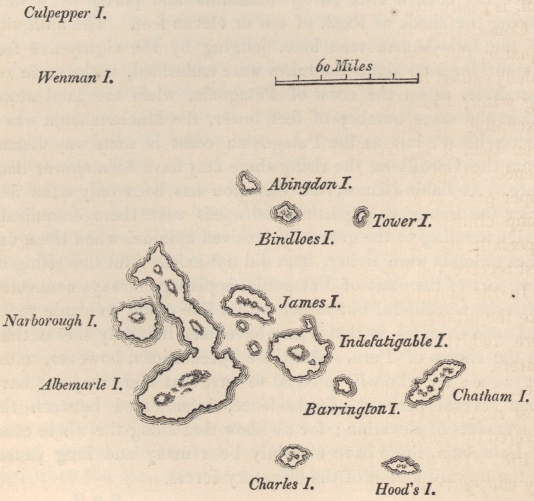This is a past event
In 1749, Carl Linneaus used the term ‘economy of nature’ to describe the interrelatedness of elements within a given natural environment, explaining it to be ‘the all-wise disposition of the creator in relation to natural things, by which they are fitted to produce general ends and reciprocal uses’.1 However, Linneaus’ understanding of a rather static structure of Nature would come to be challenged by the works of early nineteenth century naturalists such as Alexander von Humboldt and Charles Darwin. These naturalists would finally inspire Ernst Haeckel’s coinage of ecology in 1866, which, keeping the notions of interdependence between the various elements within an environment intact, also emphasised the very instability of their relations, because all environmental elements were themselves susceptible to change.2
The travels undertaken by Alexander von Humboldt (1799-1804) and Charles Darwin (1831-1836) offered glimpses of colonial natures which were increasingly transformed in the hands of humans. These observations shaped their scientific understanding of places that they visited. In their two travel narratives, the Personal Narrative of a Journey to the Equinoctial Regions of the New Continent (1814-29) and the Voyage of the Beagle (2nd ed., 1845), the mediated experiences and reflections of these ecological changes emerge not only as scientific points of interest relevant for their later works, but equally as exemplary literary portrayals of an ever-changing Nature. Most paradoxically, however, to breach the perceived stasis of an environment, the authors would first need to convey a stable picture of that environment’s structure and boundaries.
This paper argues that Humboldt’s and Darwin’s travel narratives provide highly accessible ways of conceiving ecological changes in the human imagination. These dynamics manifest themselves through the two narrators’ oscillations between “static” descriptions of the environments that they visited and the portrayal of their transgressive movement within and beyond those environments.

Picture retrieved from Charles Darwin, Journal of Researches into the Geology and Natural History of the Various Countries Visited by H.M.S. Beagle Round the World, under the Command of Capt. Fitz Roy, R.N., 2nd edn (London: John Murray, 1845), p. 372 <http://archive.org/details/journalofresearc00darw> [accessed 12 August 2021].
1 Isaac J. Biberg, ‘Economy of Nature (Specimen Academicum de Oeconomia Naturae, Linnean dissertation no. 20)’ (Uppsala Universitet, 1749), p. 1, The Linnean Collections <http://linnean-online.org/116894/> [accessed 21 July 2021] ‘Per Oeconomiam Naturæ 1] intelligimus Summi conditoris circa Res Naturales sapientissimam dispositionem, secundum quam illæ aptæ funt ad communes fines & reciprocos usus producendos’.
2 Ernst Haeckel, Generelle Morphologie Der Organismen, 2 vols (Berlin: G. Reimer, 1866), II, p. 286 ‘Unter Oecologie verstehen wir die gesamt Wissenschaft von den Beziehungen des Organismus zur umgebenden Aussenwelt, wohin wir im weiteren Sinne all “Existenz-Bedingungen” rechnen können. Diese sind theils organischer, theils anorganischer Natur; sowohl diese als jene sind (...) von der grössten Bedeutung für die Form der Organismen, weil sie dieselbe zwingen, sich ihnen anzupassen.’
- Speaker
- Isabella Engberg (University of Aberdeen)
- Venue
- via Teams

